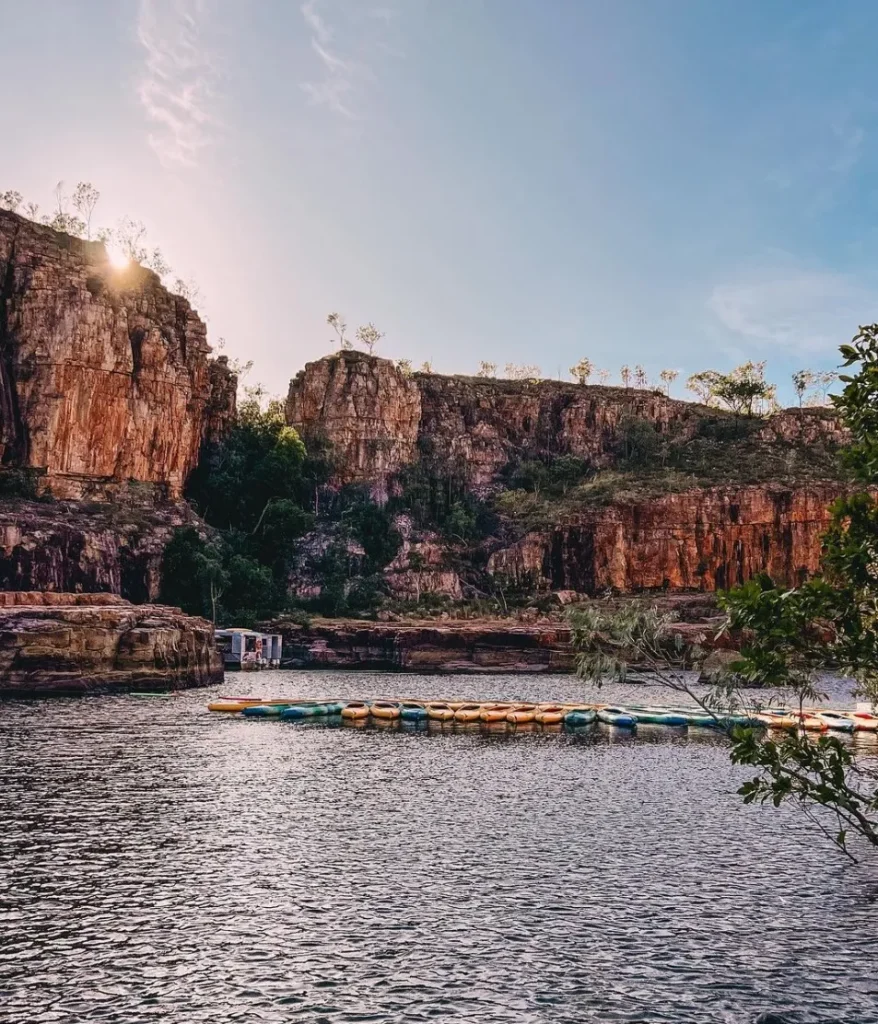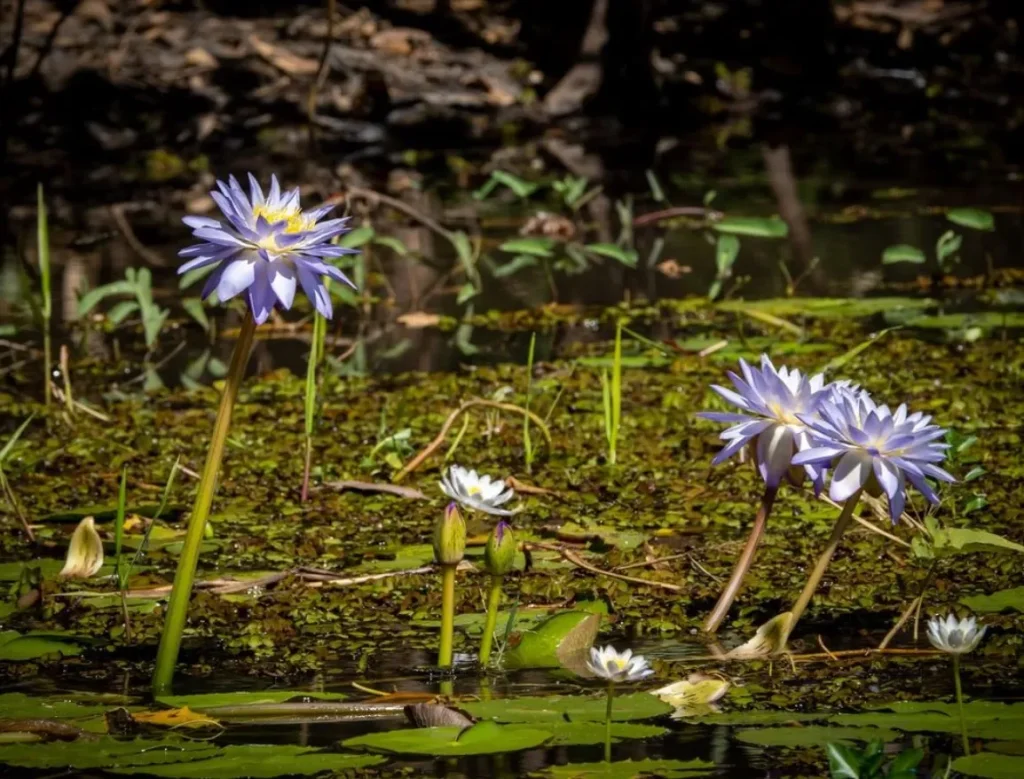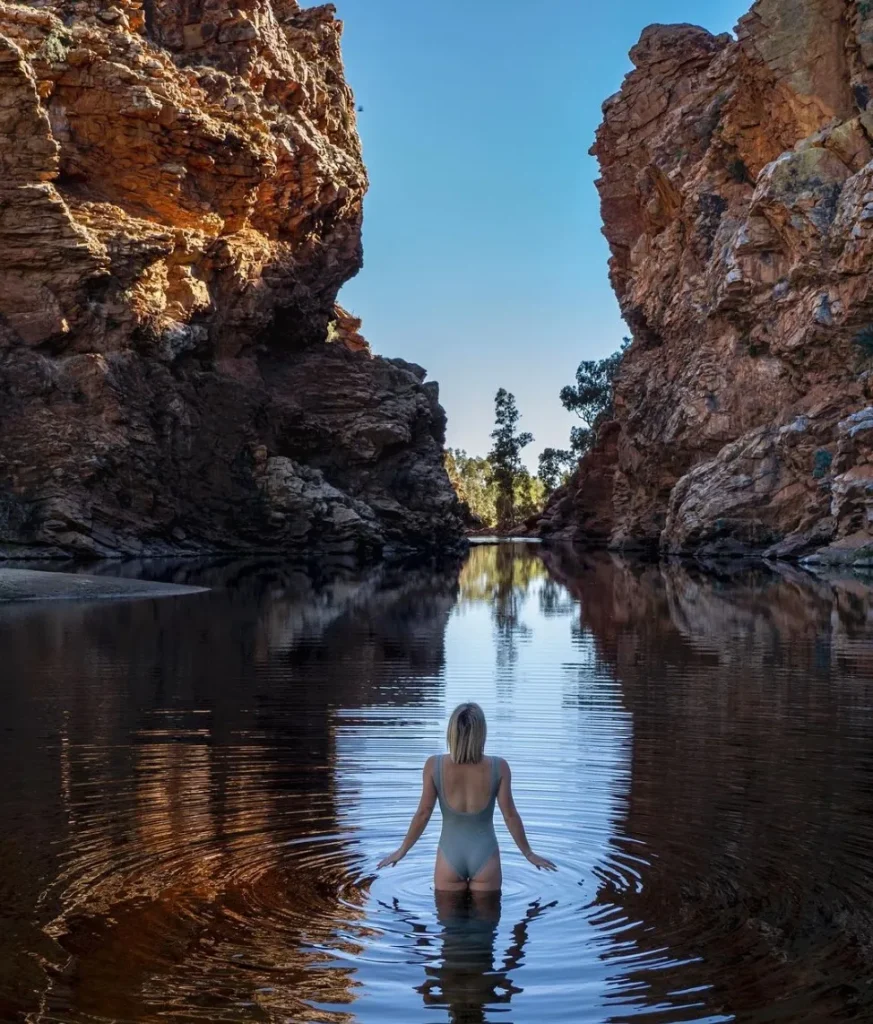Jumping crocodiles are one of the most exciting yet misunderstood wildlife spectacles in the world, especially in the Northern Territory of Australia. These powerful reptiles, mainly Crocodylus porosus or saltwater crocodiles, have become famous for jumping out of the water to grab food or prey with incredible agility. This has led to many myths and misconceptions. One of the best ways to see this amazing display is on a jumping crocodile tour along the Adelaide River, where skilled guides use bait to show off the jumping abilities of these top predators. Despite their reputation as killers, understanding the facts about them is key to appreciating their place in the ecosystem and our safety. In this article, we’ll debunk the top 5 myths about jumping crocodiles and look into their body size, evolutionary history and the cool adaptations that make them so awesome.
Myth 1: Jumping Crocodiles are Only Found in Australia
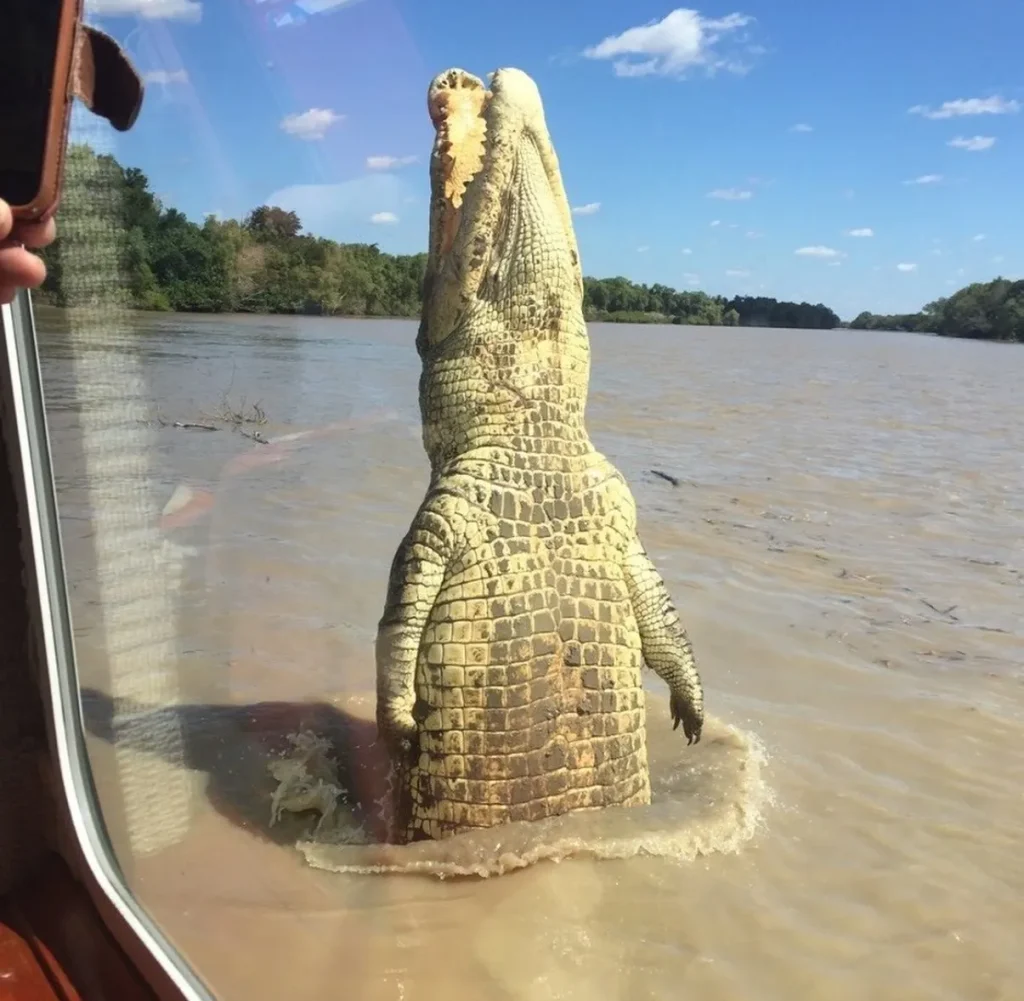
Reality:
While the Northern Territory of Australia is famous for jumping crocodile tours, this awesome reptile, the saltwater crocodile (Crocodylus porosus), can be found in many parts of the world, including Southeast Asia, the Solomon Islands and even parts of Africa. They inhabit mangrove swamps, rivers and coastal areas and can live in both saltwater and freshwater. They are called estuarine crocodiles because of their ability to live in different saline conditions. The unique tourism experiences in the Northern Territory, especially along the Adelaide River, have made these reptiles jumping out of the water famous, but this behaviour is not exclusive to Australia. The Nile crocodile (Crocodylus niloticus) can also leap to catch prey, but this is less often seen by tourists.
Myth 2: Crocodiles Only Jump to Attack Humans
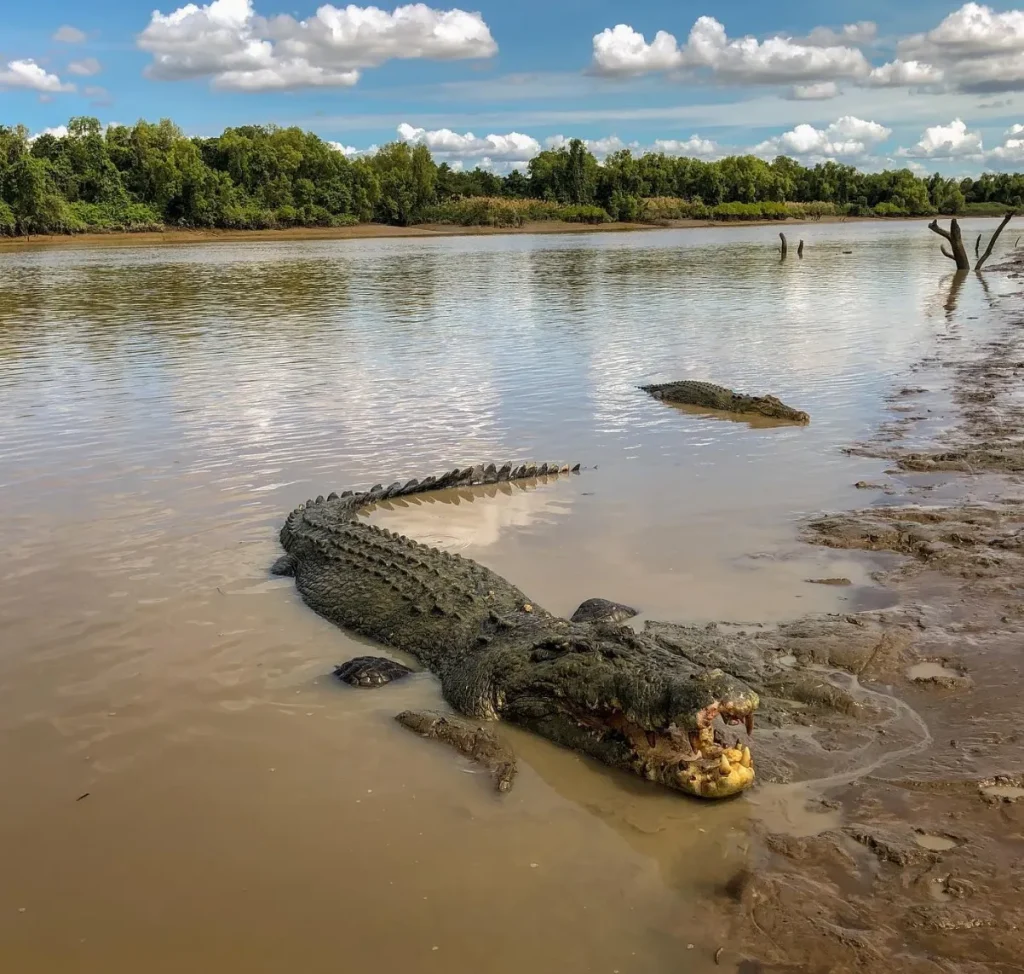
Reality:
One of the biggest myths is that crocodiles jump out of the water to attack humans. In reality, they jump to catch prey, like birds or mammals, that are perched on low-hanging branches or near the water’s edge. This is a natural extension of their opportunistic feeding habits, allowing them to access food that’s out of reach from dry land. The saltwater crocodile has evolved this ability to survive in environments where food can be unpredictable. During jumping crocodile tours in the Northern Territory, these animals are often baited with food, which stimulates their natural jumping instinct. It’s important to understand these jumps are not aggressive attacks on humans but a demonstration of their hunting skills and evolutionary success.
Myth 3: Jumping is a Crocodile Only Behaviour
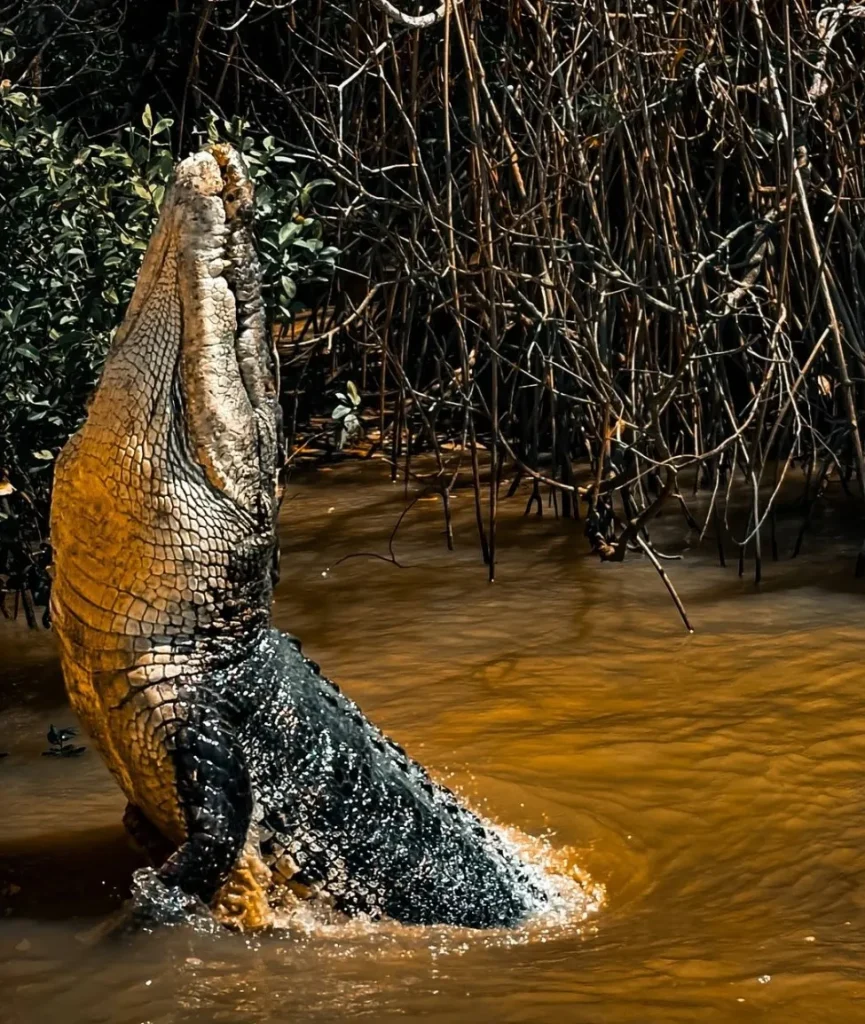
Reality: Jumping is not a crocodile only behaviour, it’s seen in alligators and some fish. But the power and agility with which saltwater crocodiles can launch themselves out of the water is something special. This is due to their evolutionary history, which shows that adaptability has been key to their survival. The crocodilian brain may be small but it’s highly efficient and can do complex things so that they can do these amazing things. Research into their evolutionary history, including molecular divergences and morphological datasets, shows jumping is just one of many adaptive strategies they have developed over millions of years. The crocodilian lineage, which includes the ancient gharial and modern gharials, has been around for centuries, adapting to different environments and challenges.
Myth 4: Jumping Crocodiles Can Jump Their Full Body Length Out of the Water
Reality: While crocodiles can get a big chunk of their body out of the water, they can’t jump their full body length. Typically a crocodile can get about half to two thirds of their body out of the water, depending on their size and strength. For example, a large saltwater crocodile, which can grow up to 7 meters (23 feet) in length, can jump about 3 to 4 meters out of the water. This myth probably comes from exaggerated stories and a misunderstanding of their abilities. Their incredible strength and muscular tails allow them to jump with precision, but they don’t defy the laws of physics. Observations from the IUCN Crocodile Specialist Group and research from the Washington Post have clarified this myth and provided accurate information about the physical limitations and abilities of these reptiles.
Myth 5: Jumping Crocodiles are Always Aggressive
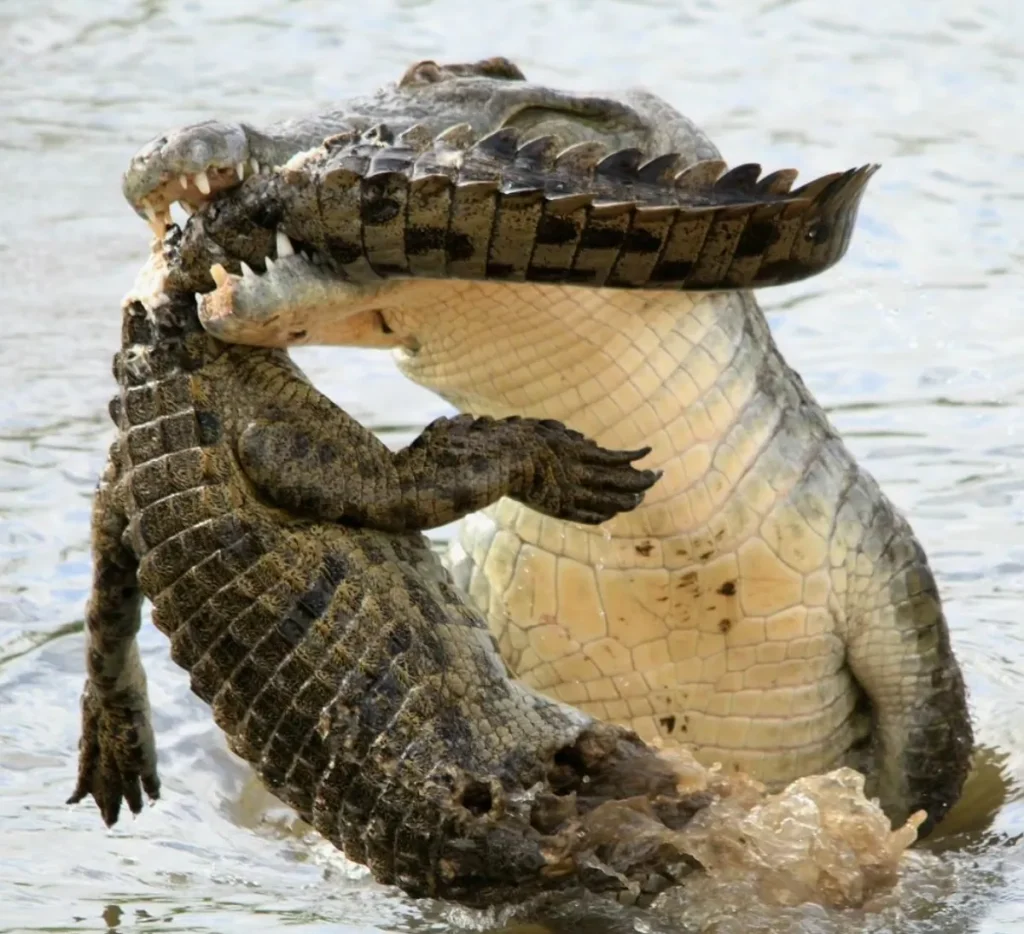
Reality: Crocodiles are often portrayed as mindless aggressors, especially when they jump. However, their behaviour is more about getting food than aggression. Saltwater crocodiles are apex predators, and their interactions with prey and other animals are driven by instinct and necessity rather than aggression. They react to stimuli, food or perceived threats, and their powerful bite, the strongest bite of any animal, is used to catch prey. Their infamous “death roll” a spinning motion used to subdue prey is another testament to their evolutionary success and predatory efficiency. The SSC Crocodile Specialist Group and theCrocodile Specialist Groupstudy these behaviours extensively to understand the ecological role and behaviour of different crocodilian species, including the Nile crocodile (Crocodylus niloticus), the New Guinea crocodile (Crocodylus novaeguineae) and even the prehistoric Crocodylus anthropophagus.
Jumping Crocodiles Biology
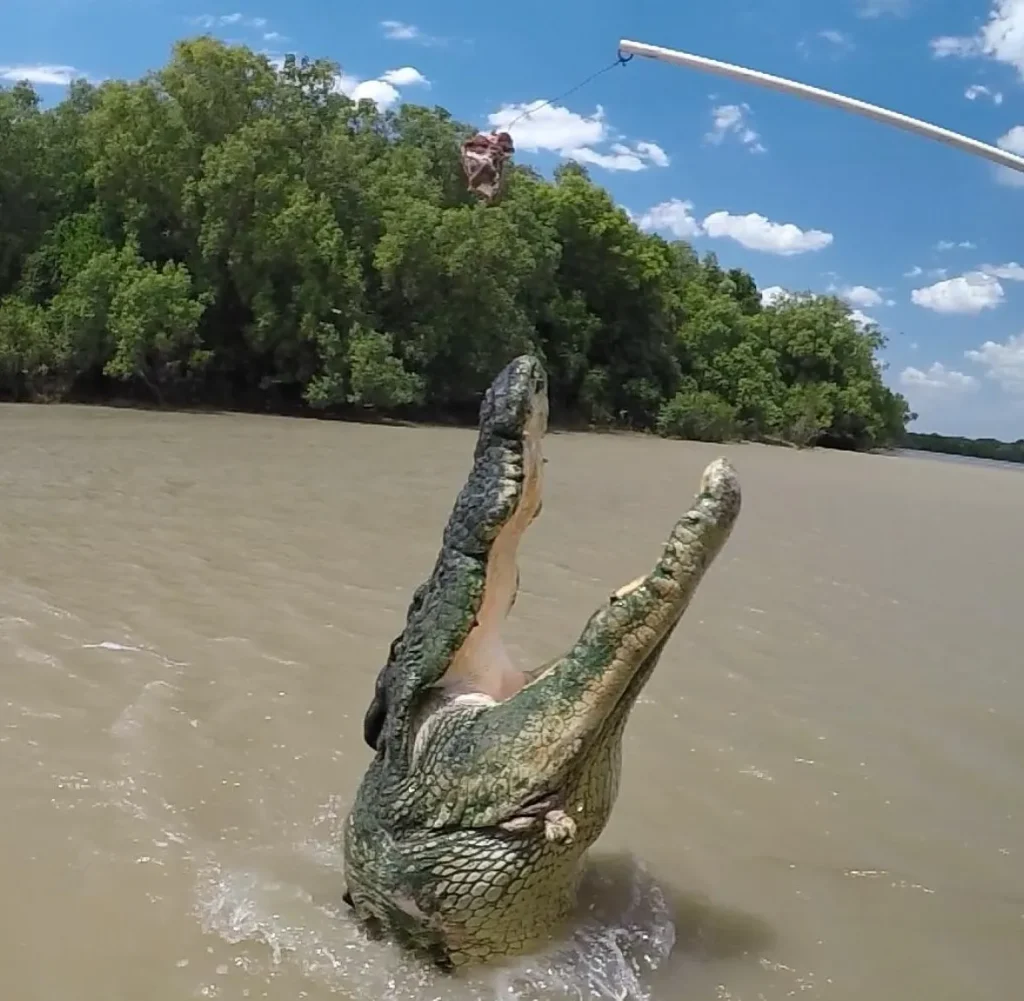
The saltwater crocodile is a masterpiece of evolution, they have been around for centuries. Their lineage goes back to the dinosaurs and have changed very little compared to other species, they are perfectly adapted to their environment. They are not just impressive physically but also behaviourally. Research into the crocodilian brain has shown that despite being small it can do complex behaviour that helps them survive.
Saltwater crocodiles are the largest crocodilian species, some in captivity have been over 1,000 kg (2,200 lbs) and over 7 meters long. Their massive body size and powerful bite (the strongest bite of any animal) makes them a formidable predator. They are found in mangrove swamps, rivers and coastal areas of the Northern Territory, Tropical North Queensland and Southeast Asia.
The success of crocodilians, including their ability to jump and hunt, is millions of years of evolution. The molecular divergences and morphological datasets studied by researchers show the rapid accumulation of traits that have allowed these animals to dominate their ecological niches. This evolutionary success is further evidenced by the recovery of alligator and crocodile populations in many areas due to conservation efforts and the work of the Crocodile Specialist Group and the Northern Territory Government.
Conservation and Human Interaction
Knowing the truth behind these myths is not just for safety but also for the conservation of these amazing animals. The saltwater crocodile population declined significantly in the 20th century due to hunting and habitat loss. But conservation efforts including those of the IUCN Crocodile Specialist Group has seen a recovery. Today they are a conservation success story, especially in Arnhem Land and other parts of the Northern Territory where they are protected by strict laws.
Human interaction with crocodiles, especially in the form of tourism, needs to be managed to ensure the safety of both humans and animals. Jumping crocodile tours are popular but must follow guidelines to prevent the habituation of crocodiles to humans, which can lead to dangerous encounters. We also need to respect their natural habitats, whether in mangrove swamps, coastal areas or the rivers of the Solomon Islands and Nicobar Islands.
Conclusion
Jumping crocodiles are a amazing example of how these ancient reptiles have adapted and evolved. By knowing the truth behind the myths we can have a better understanding and respect for these animals. Whether you are planning to do a jumping crocodile tour in the Northern Territory or just want to learn more about these amazing predators, always remember to approach them with caution and respect their natural habitat.
FAQ
Are jumping crocodile tours safe?
Yes, jumping crocodile tours are safe as long as you go with experienced guides who follow the rules. Always choose a reputable tour operator who puts visitor safety and crocodile welfare first.
Can crocodiles jump onto boats?
Very rare for a crocodile to jump onto a boat. They can jump out of the water but they only do so to catch food. Keep a safe distance and follow the safety guidelines and you’ll be as safe as possible.
How high can a crocodile jump?
Crocodiles can jump up to two-thirds of their body length. So a 4m crocodile could jump about 2-2.5m out of the water.
Are crocodiles dangerous to humans outside of jumping tours?
Yes, crocodiles are predators and should be treated with respect and caution. Don’t swim in areas known to have crocodiles and follow all warning signs and local advice, especially from the Northern Territory Government and local authorities.
How do I see crocodiles in the wild safely?
The best way to see crocodiles is through guided tours with experts who know their behavior. Always keep a safe distance, never provoke or feed them and follow your guide’s instructions. The Crocodile Specialist Group and Northern Territory Government have guidelines for wildlife observation.

